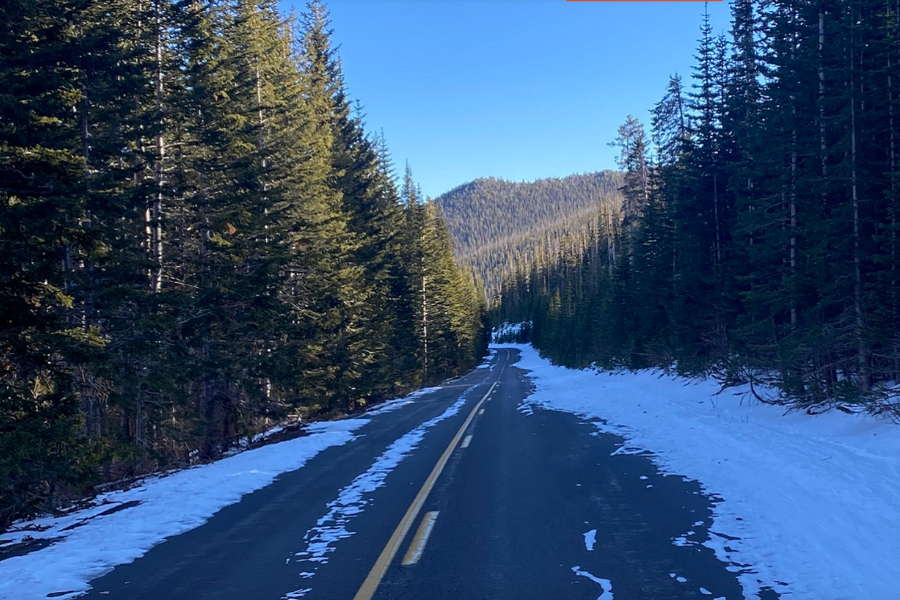Cart

Here’s What You Need to Know About Wintertime Driving in Colorado
Colorado is one of the most beautiful places on earth. The majesty of the Rockies blends with local lakes and woodlands to create jaw-dropping natural scenery like nowhere else. But the state’s remote and rugged character requires extra care when driving, especially during the winter. Here’s how to stay safe when you’re on Colorado roads.
Preparing Your Vehicle
Winter’s approach is the signal to get your vehicle ready for the snowy season. Here are some essential steps to take:
- Check your battery’s charge or have a trusted garage do so for you. Inspect the terminals for tightness and clean away corrosion.
- Switch to winter-grade oil or use an all-season blend.
- Make sure your headlights function properly. This includes checking the dimmer switch. Also check your stop, backlight, and turn signal bulbs.
- Check tire for tread depth and proper inflation. Consider getting snow tires or keeping chains in your car.
- Keep survival supplies in your vehicle, just in case you find yourself stranded.
- Keep your fuel tank as full as possible. Colorado has long stretches of road with few if any gas stations or convenience stores.
Preparing Yourself
Colorado wintertime driving requires abundant levels of caution and elevated road awareness. Here are some key points to remember:
- Patience is a virtue. Give yourself extra time to reach your destination and prioritize safety over punctuality.
- Avoid sudden turns and go around curves in a cautious, controlled manner.
- Apply slow, steady pressure to your brakes. Stomping the pedal is never a good idea on snowy or icy roads.
- Watch out for black ice, especially on bridges and underpasses.
- Avoid making phone calls, fiddling with your stereo, or engaging in other distractions. A moment’s inattention can lead to disaster.
- Get plenty of rest at night so you’re alert when you’re behind the wheel. Know how medications affect you before driving with them in your system.
- Keep your cell phone charged and handy, but remember that cell service may be spotty or non-existent in certain areas.
- Always signal your intentions to other drivers.
- Use caution when driving around snow plows. You should never tailgate a plow or try to pass on the right, according to the Colorado Department of Transportation (CODOT).
- Above all, slow down. Speeding in Colorado winter conditions means a quick ticket to the hospital.
Staying Safe Requires Staying Sober
More than 1,700 people died on Colorado roads from 2003-2012 as a result of drunk driving, according to the Centers for Disease Control (CDC). Alcohol plus winter driving conditions is a deadly combination, one with consequences that could last for decades to come. Here are some sobering facts about drinking and driving in Colorado:
- Colorado law enforcement agents maintain roadside sobriety checks and keep themselves alert for signs of drunk or drugged driving.
- Penalties for DUI in Colorado include suspension of license for the first offense and up to one year in jail.
- Colorado has additional statutes for those who drive while alcohol impaired (DWAI). These also carry stiff penalties, including hefty fines and jail sentences.
- If you fail a roadside sobriety test, then you will go to jail in handcuffs – period. The authorities will also impound your vehicle.
Driving while drunk or impaired is never okay. It puts both the driver and innocent people at risk. It magnifies the odds of dying or suffering serious injury during any season. Doing it during the winter is suicidal. So stay sober when you’re behind the wheel and follow the tips listed in this post. That way, you can enjoy all the state has to offer with a clear head and a clear conscience.
Leave a Comment
Winter Driving in Colorado
Here are winter safety driving tips for driving in the snow in Colorado. How to prepare your vehicle, yourself, and making sure you are staying...
